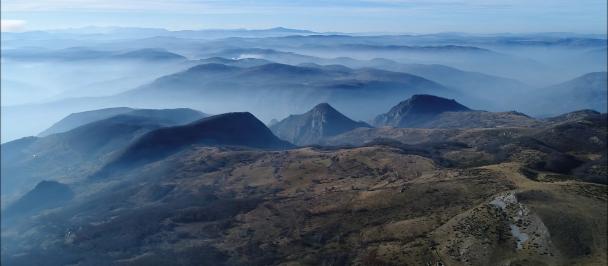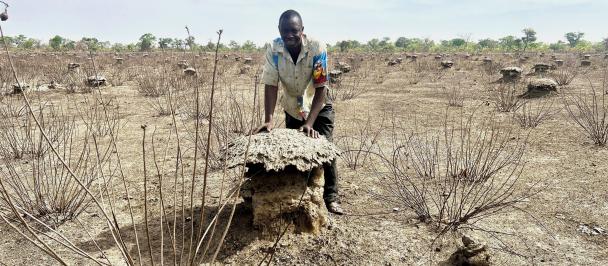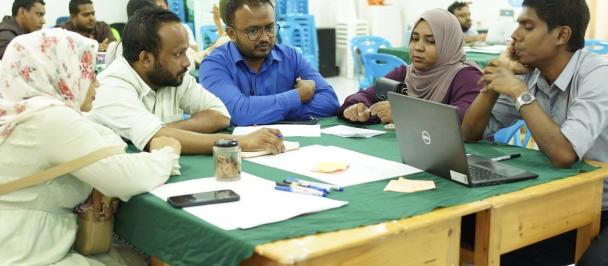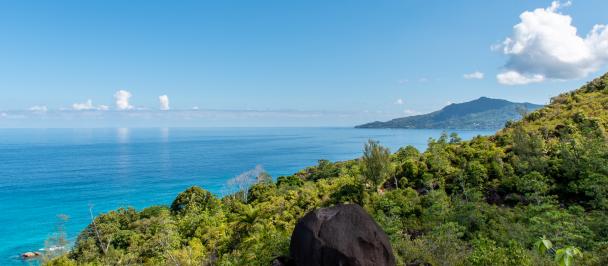The tale of a fearless environmental warrior: Citizen activism for biodiversity conservation in the Sundarbans
June 23, 2022

Solutions mapping meeting with “Pashur River Waterkeeper” Mr. Noor Alam Sheikh
“The first time I went on a Rash Mela[1] (a religious festival) boat trip in the Sundarbans, I saw the cruelty of indiscriminate slaughter of deer in the deep forest. It broke my heart when I saw some of the killed deer were pregnant. I published a feature on this on the local newspaper Dainik Purbachal, which drew a lot of attention, resulting in the Forest Department imposing restrictions on the Rash Mela trip inside of the Sundarbans[2] area.”
Md. Noor Alam Sheikh, locally known as “Pashur river Waterkeeper”[3] and convenor of Bangladesh Poribesh Andolon (BAPA) of Bagerhat district, Khulna, reminisced about how one newspaper feature turned his passion for environmental activism into a career. Since then, he has been involved with major environmental activism with BAPA to protect the biodiversity of the Sundarbans – a transboundary mangrove forest and a UNESCO world heritage site.
[1] The “Rash Mela” a popular Hindu festival in honor of lord Krishna and Shri Randhika is observed in the Bangla month of Kartik (October/November). In Sundarbans it takes place at Dubla Island located on the southern coast of Sundarbans and at the mouth of the Ganges delta, where the holy Ganges unites with the sea. Rash Mela Trip to the Sundarbans - (pugmarkbd.com)
[2] Sundarbans is the biggest natural mangrove forest in the world, located between Bangladesh and India. 60% of the most beautiful parts of Sundarbans is in Bangladesh. It is the deepest with the different types of geological periods and fauna.
[3] Waterkeepers Bangladesh safeguards water bodies and ecosystems entailing water sources on which all life depends.
|
During a recently conducted solutions safari visit, the Bangladesh accelerator lab got to know about grassroots community activist Mr. Sheikh, who has been working relentlessly to save the biodiversity from human encroachment and the Pashur river of the Sunderbans from pollution, despite being ostracized by his family and losing jobs for his environmental activism, which has earned him the local title “Pashur river waterkeeper”. |
|
| Md. Noor Alam Sheikh, "Pashur river waterkeeper and convenor of Bangladesh Poribesh Andolon (BAPA |
Biodiversity in Sundarbans:
Sundarbans, the biggest mangrove forest in the country
Bangladesh is one of the biodiversity-rich countries in the world having five broad types of ecosystems - coastal and marine ecosystems, inland freshwater ecosystems, terrestrial forest ecosystems, hilly ecosystems, and man-made homestead ecosystems. The Sundarbans is recognized as the most diverse ecosystem in Bangladesh but experiencing the highest rate of ecosystem loss. One after another cyclones have left the forest deeply ravaged while salinity is inflicting great damage on the forest environment. Having been declared a world heritage site, Sundarbans remains under multiple threats as the forest area is shrinking day by day due to increase in human settlement and commercial establishment, onslaught of cyclone, increase in salinity and plundering of its resources.
Pollution from tourism has increased exponentially as the Sundarbans has become a very popular site for environmentally curious vacationers. When Noor Alam was telling the story of manmade destructions, he mentioned about the noise pollution and light pollution from cargo ships passing through the Sundarbans rivers daily is disrupting the animals’ routines and frighten them into hiding. Oil spills and bilge water disposal are also contaminating the water from Pashur river that marine life rely on for survival. Alam has been actively organizing protests and awareness activities to address these issues.
He also talked about the prawn industry using giant nets that are dragged either by hand or by boat resulting in a huge amount of by-catch caught and left for dead. By-catch[1] is one example of exploitation of resources that is contributing to the loss of biodiversity. The local community is also being forced to extract more resources than ever before to keep up with the increasing demand for Sundarbans products, such as prawns and honey.
Illegal poaching of the famed Royal Bengal Tiger which calls the Sundarbans its home has already reduced the tiger population to alarming levels. Noor Alam said that it has been long since the footprints of tigers were last seen in the Sundarbans.
“With continuation of such activities, the Sundarbans will lose its unique and beautiful wealth of biodiversity before humans have time to catch up” Alam said.
So, how do we conserve the biodiversity of Sundarbans?
The Sundarbans not only acts as a shield from natural disasters such as cyclones, but also houses rich biodiversity and acts as a source of livelihood for the local community. So, it is of paramount importance to safeguard this unique forest.
Some of the solutions that came up during the discussion with Noor Alam were as follows:
- Devising well-balanced coastal land-use plans, such as maintaining sustainable limits in logging and other harvesting activities of Sundarbans resources.
- Strengthening capacity building initiatives to reduce dependence on the land and forest, in collaboration with civil society organizations and regional stakeholders.
- Encouraging community-based tourism as an alternative livelihood measure.
[1] Fishermen sometimes catch and discard animals they do not want, cannot sell, or are not allowed to keep. This is collectively known as “bycatch.” Bycatch can be fish, but also includes other animals such as dolphins, whales, sea turtles, and seabirds that become hooked or entangled in fishing gear.
Looking through the sustainable development lens:
Mr. Alam emphasized the need to promote nature-based solutions as a means to conserve biodiversity in the Sundarbans, which is very much aligned with UNDP’s Vision for Nature[1] which places nature at the heart of the understanding of development. Only nature-based human development, with a systematic approach to nature-based solutions can leverage the potential for large-scale transformative change needed to achieve the SDGs.
It also comes with bold shifts in policy and practice that are needed to tackle the direct drivers of biodiversity loss and ecosystem degradation. This includes the habitat drivers of degradation and loss, such as fragmentation of natural areas, overutilization of natural resources, illegal extraction and trade in wild species, pollution, inequitable land tenure and land rights, and invasive non-native species.
Illustration of the Dependencies of the Sustainable Development Goals on Nature Based Solutions[2]
As Bangladesh’s economy grows, industrialization and energy consumption increase, and urbanization expands, it is crucial that exploitation of Sundarbans resources is reduced. And in addition to the promotion of nature-based solutions and alternative livelihoods, this requires community members like Mr. Alam actively engaging in protecting nature.
As Noor Alam said, “Conservation is not a responsibility of the government or of any institution or of wildlife biologists alone, but it is a responsibility of every citizen”.

 Locations
Locations



